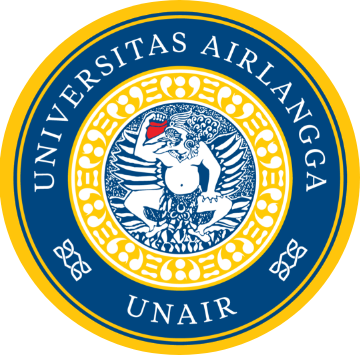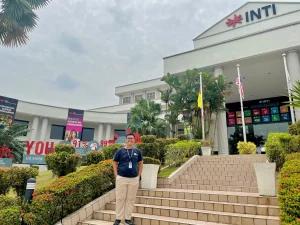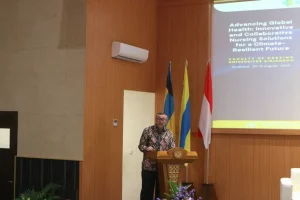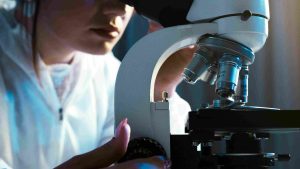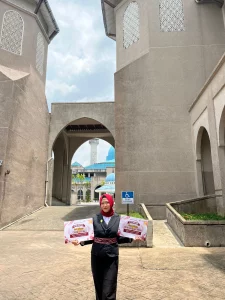According to Sanitasi Total Berbasis Masyarakat (STBM) profile to 2021, the population of Indonesia was 288.22 million while 32.77 million of the number practice Open Defecation (OD). Among 34 provinces in Indonesia, DI Yogyakarta is the only 100 percent Open Defecation Free (ODF) verified compared to Maluku which had the lowest level of ODF. Therefore, Indonesia still needs management and control to achieve 100 percent ODF verified.
Open Defecation Free (ODF) becomes an unsolved problem in Indonesia. Out of 34 provinces, 33 of them have not been 100 percent ODF verified. This study’s objective was to create control over the management of OD behavior in Indonesia through a logic model approach. The study inclusion criteria were publications or articles in Bahasa Indonesia and English, which were published throughout 2017-2020. The journal databases used were Google Scholar and Pubmed. Articles published by Indonesian journals used are articles indexed in Sinta (Science and Technology Index) Indonesia.
Logic Model Implementation
Attempt of controlling Open Defecation (OD) using the logic model approach in Open Defecation Free (ODF) acceleration can be seen in the picture below:

The logic Model approach consisted of several variables: Situation, Priorities, Input, Output (Activity, Participation), and Outcome-Impact.
Situation
The situation in a logic model is defined as the origin of a problem which is the beginning of developing a logic model. OD behavior is associated with several health problems. There were relations between OD behavior and the causes of diarrhea and families practicing OD were 5.47 times more suffering from diarrhea than families who ODF. It was found that when the number of toilet ownership increased, cases of diarrhea decreased.
Priorities
SDGs goal point 6 is clean water and sanitation for all. Based on the SDGs goal point 6.2, by 2030, the world is free from OD. One of the attempts to achieve this is to reduce OD practices in the community by managing and controlling OD through a bottom-up approach.
Input
Input, in the logic model, is what is contained in the program, including resources, investment, staff, financing, equipment, partnership, and research as the basis. Before the program was implemented, the local community leaders have to support the program.
Output (Activity, Participation)
The program was implemented by approaching local community leaders and supervising the Open Defecation locations. The participation of the young generation and government support were two of the most important points.
Outcome-Impact
Behavior changes in the program objective including individual, group, and community are classified into short-term, mid-term, and long-term. The short-term result of the program is that the community is aware of the dangerous impacts of OD on the environment and health. The mid-term result is the dynamic behavior and the intention to change the OD to the toilet. The long-term result is the improvement of verified ODF provinces and decreasing diseases caused by a good OD practice.
Logic model approach in the Situation shows that there are relations between OD behavior and the cases of diarrhea and families practicing OD were 5.47 times more suffering from diarrhea than families who ODF. Priorities in 2030 was that the world is free from OD. Input includes resources, investment, staff, financing, equipment, partnership, and research as the basis. Also, the support of local community leaders. Output (Activity, Participation) includes approaching the local community leaders, supervising the OD locations, the participation of the young generation, and the important support from local government. Outcome-Impact includes behavior change as the objective of the program including individual, group, and community with long-time results of the improvement of ODF verification level and the decreasing diseases caused by OD.
Author: R. Azizah
A Review of Open Defecation (OD) In Indonesia and The Control with Logic Model
http://medic.upm.edu.my/upload/dokumen/2022031418462623_MJMHS_0959.pdf

